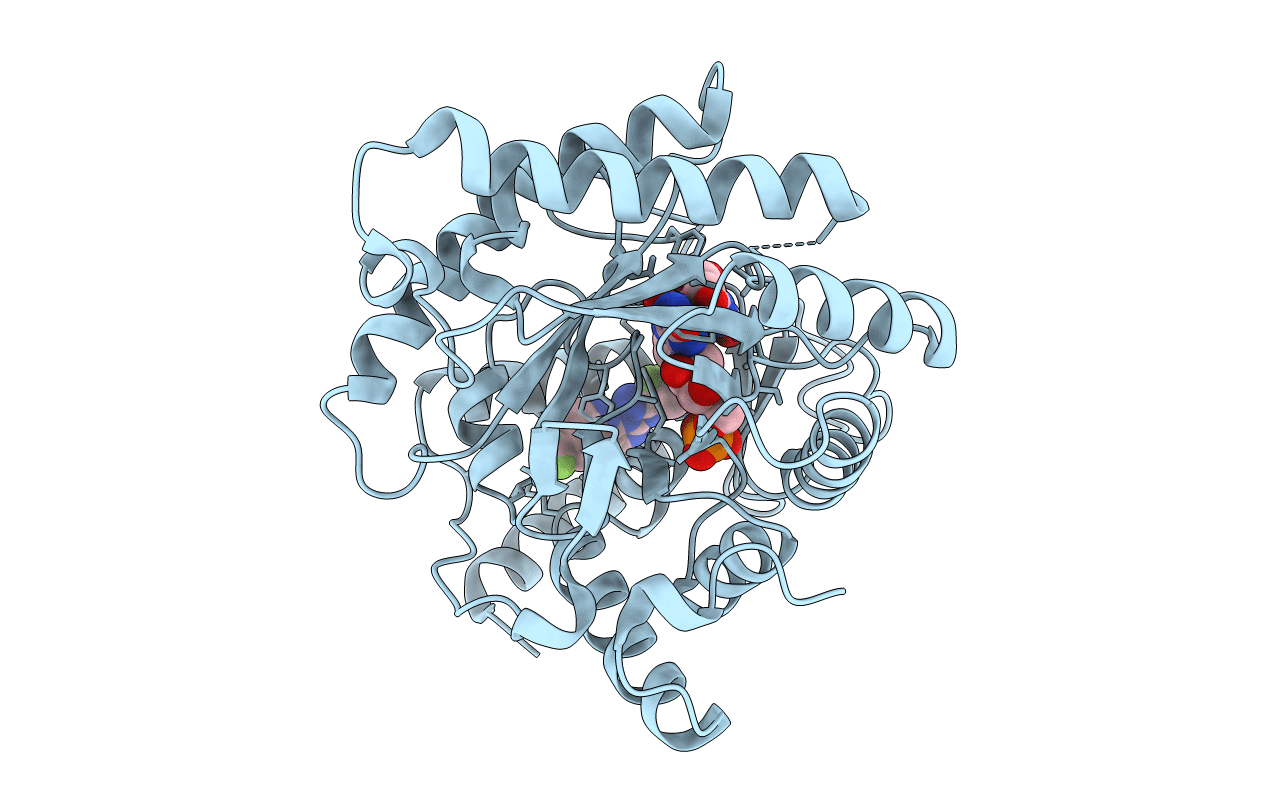
Deposition Date
2011-06-13
Release Date
2011-07-06
Last Version Date
2023-09-13
Entry Detail
PDB ID:
3SFK
Keywords:
Title:
Crystal structure of Plasmodium falciparum dihydroorotate dehydrogenase bound with Inhibitor DSM267
Biological Source:
Source Organism:
Plasmodium falciparum 3D7 (Taxon ID: 36329)
Host Organism:
Method Details:
Experimental Method:
Resolution:
2.95 Å
R-Value Free:
0.28
R-Value Work:
0.22
R-Value Observed:
0.22
Space Group:
P 64


